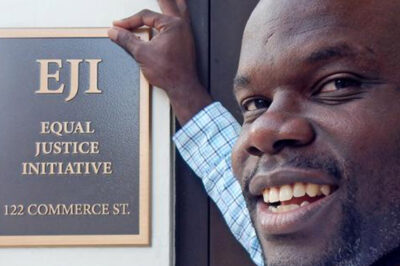
This piece originally appeared in the Pittsburgh Post-Gazette.
There is an emerging national debate about school policing. It is not about whether school police should be armed but about how best to improve school environments and ensure student success while minimizing unnecessary student arrests. Emerging best practices aim to reduce police involvement in routine disciplinary school matters, ensure fairness in disciplinary processes, and increase the ratio of counselors and student support services to cops.
Sadly, while many communities explore how to improve school climates by building trusting relationships between adults and students, Pittsburgh debates the arming of school police.
A recent Pittsburgh Post-Gazette editorial and a resolution adopted by the Pittsburgh Federation of Teachers’ executive board both put forth troubling arguments that are at odds with what we know about school policing.
The most immediate impact of arming school police would be felt by students, as school-based police spend the bulk of their time interacting with students in nonemergency situations. Having officers patrol the hallways with firearms sends a negative message to students. It makes many students feel that they are being treated like suspects. It can have an intimidating presence and can contribute to negative attitudes about police, in general.
There is no evidence that arming school officers increases overall safety or improves relationships within school communities. Having an armed officer stationed in schools has neither prevented nor stopped “active shooter” incidents. It did not at Columbine High School nor has it elsewhere. Thankfully, these tragic situations are still rare in schools.
How school-based police interact with students and the tools they carry and sometimes use have been the source of controversies. Incidents involving the use of even less lethal police tools, such as Tasers and pepper spray, have resulted in complaints, lawsuits, and injuries to students. These have been on the rise in recent years.
Pittsburgh is far from alone in not having armed officers in schools. The largest school district in the state, Philadelphia, does not permit its school police to carry firearms. Instead, the School District of Philadelphia, its police department, and the city police department have focused on instituting policies and programs designed to reduce unnecessary student arrests, which have been cut in half in recent years. And, so far, there has been no major uptick in violence in those schools.
Unarmed school staff does not mean that schools are defenseless in emergency situations. School districts have arrangements, formal or informal, with local law enforcement in which outside assistance is provided when needed in emergencies, such as when there is a bomb threat or serious injury.
Especially troubling is the editorial’s argument that school police should be armed because police in surrounding communities are.
Places of learning are not security zones or criminal justice institutions, and they should not be staffed that way.
The national conversation about school policing has begun to focus on what kind of staffing is appropriate for schools. In 2016, the U.S. Department of Education released data showing that 1.6 million public school students attend schools with full-time police officers but no counselors. Recent studies have found that the number of police exceeds the number of counselors in many districts.
Forward-thinking districts are reconsidering the kinds of support staff that work in schools, not whether they should be armed.




